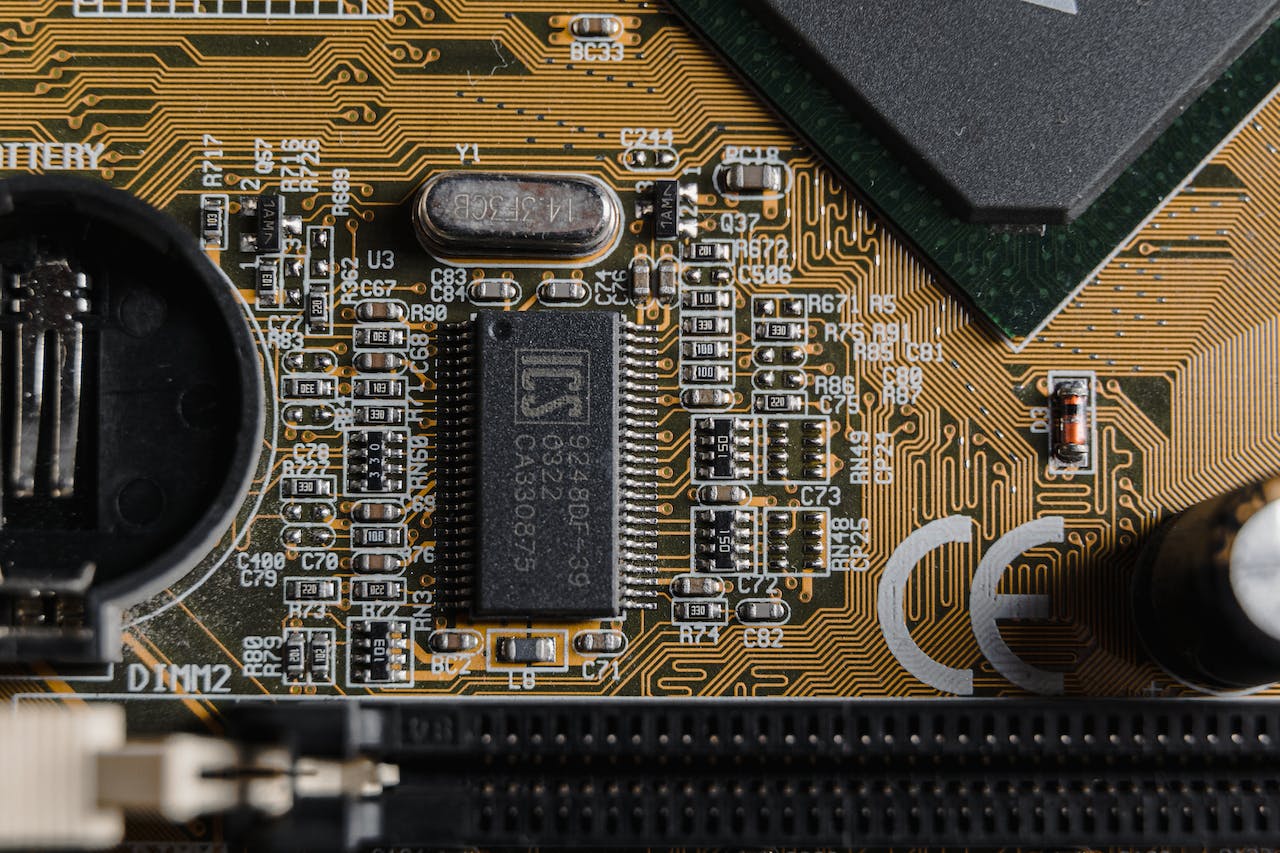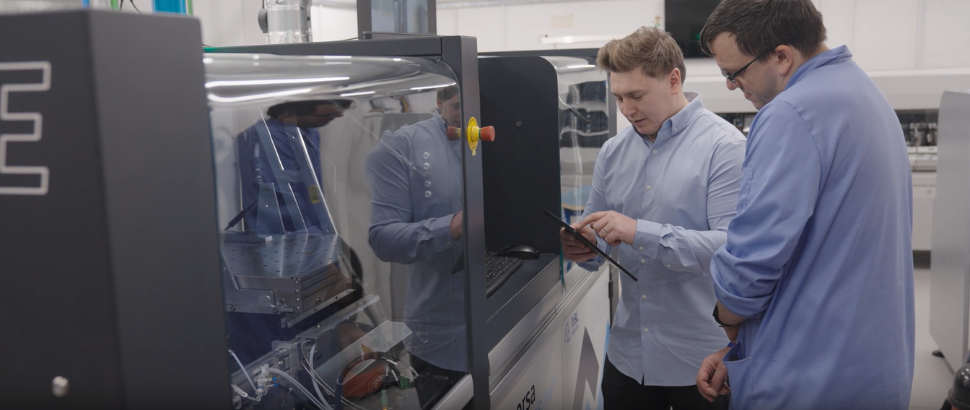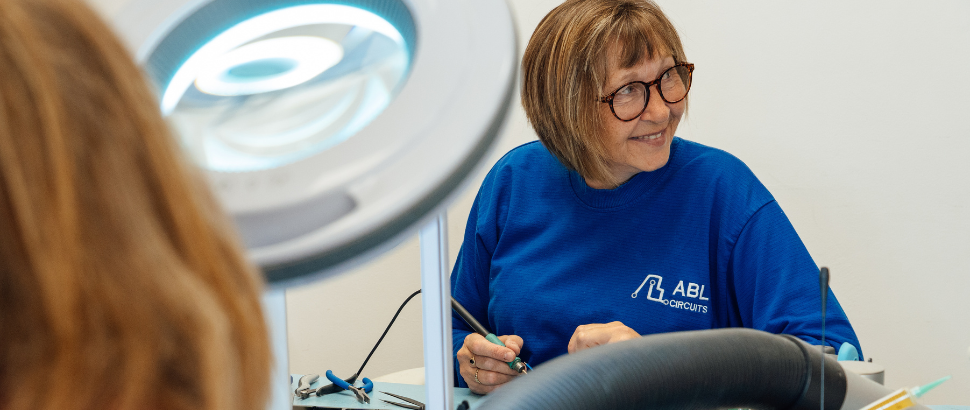News, Blogs & Articles

The Importance of Quality Assurance for OEMs in PCB Production
Case Study
December 6, 2023
Here’s a claim we’re confident in making: you’ve interacted with printed circuit boards (PCBs) in some way or another multiple times already today. In fact, you’re doing so now just by reading this article. PCBs are found in almost every single electronic device, and as technology gets smarter, smaller, and more slick the quality of these PCBs must never waver.
Quality Assurance (QA) is of the utmost importance for original equipment manufacturers (OEMs). OEMs produce components that are then sold to and used by other companies in their own products. An OEM’s components can cater to many different industries, and business relies on the quality of their products making them stand out from the crowd. Without the security rigorous QA provides, the long-term sustainability of an OEM can’t be guaranteed.
Decades of experience in electronic manufacturing have provided us with an in-depth knowledge of QA and how it’s an integral feature of every stage of the manufacturing process. Let’s delve into the elements of comprehensive QA, and the reasons why it’s so important to OEMs.
The pillars of quality assurance in PCB production
QA plays a part at every stage of the production process, from initial design to feedback on the finished product. While multiple QA tests can happen during each stage, we can sort these into categories.
Design optimisation
This stage of QA involves making sure that the PCB’s design is reviewed thoroughly from every angle, looking at elements such as component placement and signal integrity. This helps reduce the chance of issues arising during manufacturing, or even further down the line. The materials chosen for the PCB should also be reviewed and validated before the design is approved - and the same materials should be inspected again immediately before production starts, to ensure that they’re free from defects and comply with specifications.
Process standardisation
During manufacturing and assembly, many aspects of the process require QA testing. Not only does it apply to the materials used and the way they’re put together, but also to the conditions in which the PCBs are being made. Parameters such as temperature and speed must be measured regularly as the PCBs are being assembled, to ensure that the finished products are not only functional and reliable, but also consistent.
Standardisation and monitoring of processes during construction help reduce the chance of clients receiving faulty products - in a way, it can be seen as solving problems before they arise. This is a great example of the difference between PCB quality assurance and PCB quality control methods (QC) - QA tests prevent mistakes from being made, whereas QC detects and rectifies mistakes after the fact.
Inspection and testing
After assembly, PCBs are put through various tests to confirm that they match the schematics they were made from, quality of their construction, and their durability. Automated Optical Inspection (AOI) is one common method with which PCBs are inspected. Specialist cameras are used to take images of the completed PCBs, and these images are analysed by the AOI’s software to identify any discrepancies. AOI systems are fast, reliable, and can be integrated into the production line. They can also gather data to contribute towards traceability and documentation.
Continuous improvement and feedback
Effective QA relies on a culture of continuous improvement - using data and analysis to inform the implementation of corrective and preventative measures. Whether this data comes in the form of performance metrics or customer feedback, it’s an essential part of QA and greatly improves manufacturing efficiency and product quality.
Third-party QA: a leap towards excellence
Outsourcing QA to a third-party service can be beneficial for many reasons.
- Third-party services offer an unbiased evaluation in a way that can be difficult to achieve internally.
- They often have extensive knowledge of industry standards and regulations, the likes of which can be time-consuming to train into a workforce.
- Outsourcing QA can allow an OEM to focus on its primary business objectives.
- Using third-party services means benefiting from the latest technology without bearing the full cost of purchasing these tools.
Navigating the certification landscape
Good QA practices can help OEMs achieve the many certifications required to pass PCB manufacturing quality control checks and international standards.
Example: ISO certifications show that OEMs are meeting standards such as regulatory requirements and environmental responsibilities. ISO 9001 is the international standard for Quality Management Systems (QMS), and offers a framework for organisations to adhere to to achieve the certification. Some of the requirements hinge on the control of production and operational efficiency - many of these may already be met thanks to QA testing.
Some standards, such as IPC standards, are internationally upheld and not region-specific. It’s important for OEMs and any partnered PCB manufacturers to have a thorough understanding of these regulations, and how they might pertain to the final products the PCBs are destined to become.
Best practices for collaboration between OEMs and PCB manufacturers
Any OEM looking to partner with a PCB supplier should focus on these key areas to keep their relationship and the resulting operations smooth.
Good communication
Lines of communication should be clear and well-established. This includes setting expectations early, defining timelines and specifications and communicating changes as soon as they happen.
Involvement in the design phase
By choosing to involve PCB manufacturers in the early stages of their product design, OEMs can utilise their expert knowledge to keep things cost-effective and functional. Involving them early in the process also reduces the risk of mistakes being made due to miscommunication regarding design specifications.
Regular progress checks
Should issues arise, regular progress updates should mean that they can be identified and tackled collaboratively. Regular meetings and working from a shared timeline will help an OEM and PCB manufacturer feel like a team.
Agreeing on compliance and standards
OEMs and PCB manufacturers should agree on the standards their work will be required to meet, and have a shared understanding of what QA measures they’ll need to adhere to to get there.
Future trends in QA for PCB production
Thanks to the culture of continuous improvement that surrounds it, QA is always developing. When it comes to manufacturing, anything that can improve efficiency is always welcome, and one aspect of this developing technology is the use of AI. Using AI to replace time-consuming manual processes can lead to “autonomous QA workflow”, which will help prevent human error and employee burnout.
Key takeaways
- QA, when implemented effectively throughout the production process of PCBs, can prevent the loss of time, money, and energy due to error.
- QA can be the shared responsibility of everyone involved in the process, from OEMs to third-party QA services to PCB manufacturers.
- Effective collaboration between OEMs and PCB manufacturers will make QA easier, and result in being able to provide clients with the best products possible.
See why OEMs choose ABL
We can support OEMs throughout the PCB production process, from sourcing components to giving expert opinions on designs. Get a quote today and enhance your product with ABL Circuits.
News, Blogs & Articles















